DIY Paper City: Engaging Crafts for Kids
Welcome to the wonderful world of DIY Paper City! This article explores creative and fun DIY paper city projects that children can engage in, fostering imagination and fine motor skills through crafting activities using simple materials. Imagine a bustling city where the buildings are made of colorful paper, where parks are filled with tiny green trees, and where little characters roam the streets. Not only is this a fantastic way for kids to express their creativity, but it also serves as an engaging learning experience. So, grab your scissors, glue, and a stack of paper, and let’s dive into the exciting journey of building a paper city!
Gathering the right materials is crucial for building a successful paper city. This section outlines essential supplies, including paper types, scissors, glue, and decorative items, to inspire creativity in kids. You'll need:
- Paper: Different types such as construction paper, cardstock, and recycled paper can add variety and texture.
- Scissors: A good pair of scissors is essential for cutting out shapes and structures.
- Glue: White glue or glue sticks work best for sticking pieces together.
- Decorative items: Markers, stickers, glitter, and washi tape can add flair to your creations.
With these materials in hand, the possibilities are endless! Encourage your kids to think outside the box and experiment with different textures and colors to make their city unique.
Creating basic structures is the foundation of any paper city. Here, we discuss how to make simple buildings, houses, and other essential elements that will bring the city to life. Start by folding paper into squares or rectangles to form the bases of buildings. Kids can cut out windows and doors, allowing them to personalize each structure. You can even create multi-story buildings by stacking different layers of paper. The thrill of watching their city grow as they add more buildings is sure to excite any child!
Children can learn about architecture while designing their buildings. This subsection provides tips on how to create unique structures, encouraging imaginative designs and personal touches in their paper city. For instance, kids can explore different architectural styles, from modern skyscrapers to quaint cottages. Encourage them to draw inspiration from real-life buildings or even their favorite fictional ones. By using various colors and patterns, they can bring their architectural visions to life. It's like being an architect in their very own world!
Color plays a significant role in crafting. This part explores various coloring techniques, including markers, crayons, and paints, to help kids add vibrancy to their paper city creations. Allow them to experiment with blending colors or using stencils to create interesting designs. The more colorful the city, the more inviting it becomes! Kids can even create themed areas, such as a pastel neighborhood or a vibrant downtown, showcasing their artistic flair.
Details can enhance the visual appeal of the city. This section discusses how to add windows, doors, and other features to buildings, making the paper city more realistic and engaging. Encourage kids to think creatively about how they can use everyday materials to add depth to their structures. For example, buttons can become doorknobs, and fabric scraps can be used for curtains. These small touches can make a big difference in the overall look and feel of the paper city.
Roads and parks are vital components of any city. Here, we provide instructions on how to make roads, pathways, and green spaces, encouraging outdoor play and exploration. To create roads, simply cut strips of black paper and glue them onto a larger piece of paper. For parks, kids can use green paper to cut out grass shapes and add trees made from rolled-up paper or pom-poms. These elements not only enhance the aesthetic but also provide a backdrop for imaginative play!
Adding characters brings the paper city to life. This section discusses how children can create paper figures and vehicles, allowing them to engage in imaginative play within their crafted environment. Kids can design their characters using simple shapes and colors, creating people, animals, and even cars. The more characters they create, the more stories they can tell within their paper city. This not only fuels their imagination but also encourages storytelling skills.
Role-playing encourages creativity and storytelling. This part offers ideas on how kids can use their paper city for role-playing scenarios, enhancing their social skills and imaginative thinking. For example, they could create a day in the life of their characters, where they go to the park, visit a shop, or attend a community event. Such activities can be both fun and educational, teaching them about social interactions and community roles.
Collaboration fosters teamwork among children. This section highlights the benefits of working together on a paper city project, encouraging sharing of ideas and creativity while building a larger community. Kids can work in groups to create different sections of the city, combining their unique styles and ideas. This not only enhances their crafting skills but also teaches them the importance of cooperation and communication.
Q: What age group is suitable for DIY paper city projects?
A: These projects are perfect for children aged 5 and up, with varying complexity based on age. Younger kids may need more guidance, while older children can take the lead.
Q: Can we use recycled materials for our paper city?
A: Absolutely! Using recycled materials not only adds uniqueness but also teaches kids about sustainability.
Q: How long does it take to complete a paper city project?
A: The time can vary based on the complexity of the designs. A simple city can take a few hours, while a more elaborate one could take days of fun crafting!
Q: Can we make a paper city for a school project?
A: Yes! A DIY paper city is a fantastic school project that can engage classmates and teachers alike.

Materials Needed
Gathering the right materials is crucial for building a successful paper city. It’s like laying down the foundation of a house; without it, everything else could come crumbling down. To kickstart this exciting project, you’ll need a variety of supplies that are not only easy to find but also fun to use. Here’s a quick rundown of the essentials:
- Paper Types: You can use construction paper, cardstock, or even recycled paper. Each type offers a unique texture and color, allowing kids to explore different styles and designs.
- Scissors: Safety scissors are a must for younger children. They will help in cutting out shapes and structures without any risk of injury.
- Glue: A good adhesive is vital. Whether it’s glue sticks, liquid glue, or a glue gun (for older kids), make sure you have enough to hold your creations together.
- Decorative Items: Think outside the box! Stickers, markers, glitter, and even fabric scraps can add flair to your city. These items can help in personalizing each structure, making it truly unique.
Now, if you want to take your paper city to the next level, consider adding some additional materials. Items like colored pencils, paints, and stencils can enhance creativity and allow for more detailed work. Imagine a vibrant park with colorful flowers or a bustling street filled with painted cars! The sky's the limit when it comes to what you can create.
Don’t forget about the importance of a sturdy base. A large piece of cardboard or a wooden board can serve as the foundation for your city, providing a stable surface to build upon. This way, your creations won’t just be a pile of paper; they’ll be a thriving metropolis full of life and imagination. The more effort you put into selecting your materials, the more engaging and exciting the crafting experience will be for the kids.
Ultimately, the goal is to foster creativity and fine motor skills while having a blast. So, gather your materials, roll up those sleeves, and get ready to embark on a crafting adventure that will transport you to a world of imagination and fun!
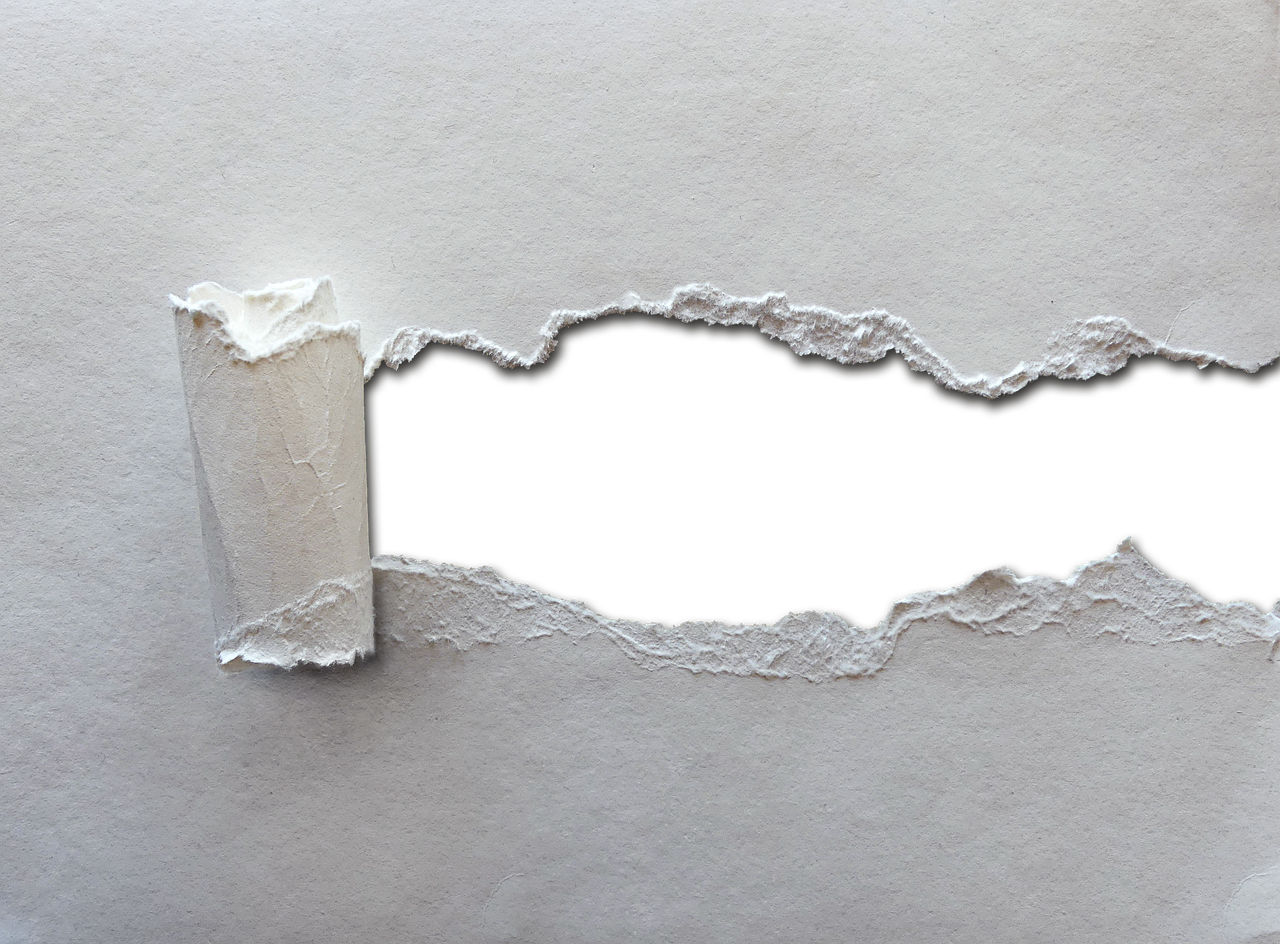
Basic Structures
Creating is the foundation of any paper city, and it’s where the magic truly begins! Imagine the excitement on your child's face as they transform simple sheets of paper into vibrant buildings and bustling streets. To kick things off, gather some supplies like colored paper, scissors, and glue. These materials are not just tools; they are the building blocks of imagination! Start by cutting out different shapes—squares for houses, rectangles for shops, and triangles for roofs. It’s like playing with a giant puzzle, where each piece contributes to a larger picture.
Once you have your shapes cut out, it’s time to assemble them into structures. Encourage your kids to think about what kind of buildings they want in their city. Perhaps they want a cozy little house with a garden or a towering skyscraper that reaches for the sky. The beauty of crafting is that there are no limits to creativity! Here’s a simple breakdown of how to create some basic structures:
| Structure Type | Materials Needed | Steps to Create |
|---|---|---|
| House | Colored paper, scissors, glue | 1. Cut out a square for the base. 2. Cut out a triangle for the roof. 3. Glue the roof onto the base. |
| Skyscraper | Cardboard, markers, scissors | 1. Cut a tall rectangle for the base. 2. Add smaller rectangles for windows. 3. Decorate with markers. |
| Store | Colored paper, stickers, glue | 1. Cut a rectangle for the building. 2. Add a smaller rectangle on top for the sign. 3. Use stickers for decoration. |
As your children build these structures, they will not only be crafting but also learning valuable lessons about geometry and design. It’s a fantastic way to introduce them to basic architectural concepts while keeping the activity fun and engaging. Encourage them to personalize their creations with unique colors and designs—maybe a pink house with purple windows or a blue store with a yellow awning. This personal touch not only enhances their creativity but also gives them a sense of ownership over their paper city.
Remember, the key to a successful paper city is variety! Mix and match different structures to create a lively skyline. As they craft, ask questions like, "What kind of store would you like to see in your city?" or "How many floors should your skyscraper have?" These prompts can spark ideas and inspire even more creativity. The goal is to make the crafting experience interactive and educational, allowing children to express themselves and learn through play.
In conclusion, building basic structures is just the beginning of an exciting journey into the world of crafting. With a little imagination and a few simple materials, your kids can create a bustling paper city that reflects their unique vision. So, gather those supplies, unleash their creativity, and watch as their paper city comes to life!
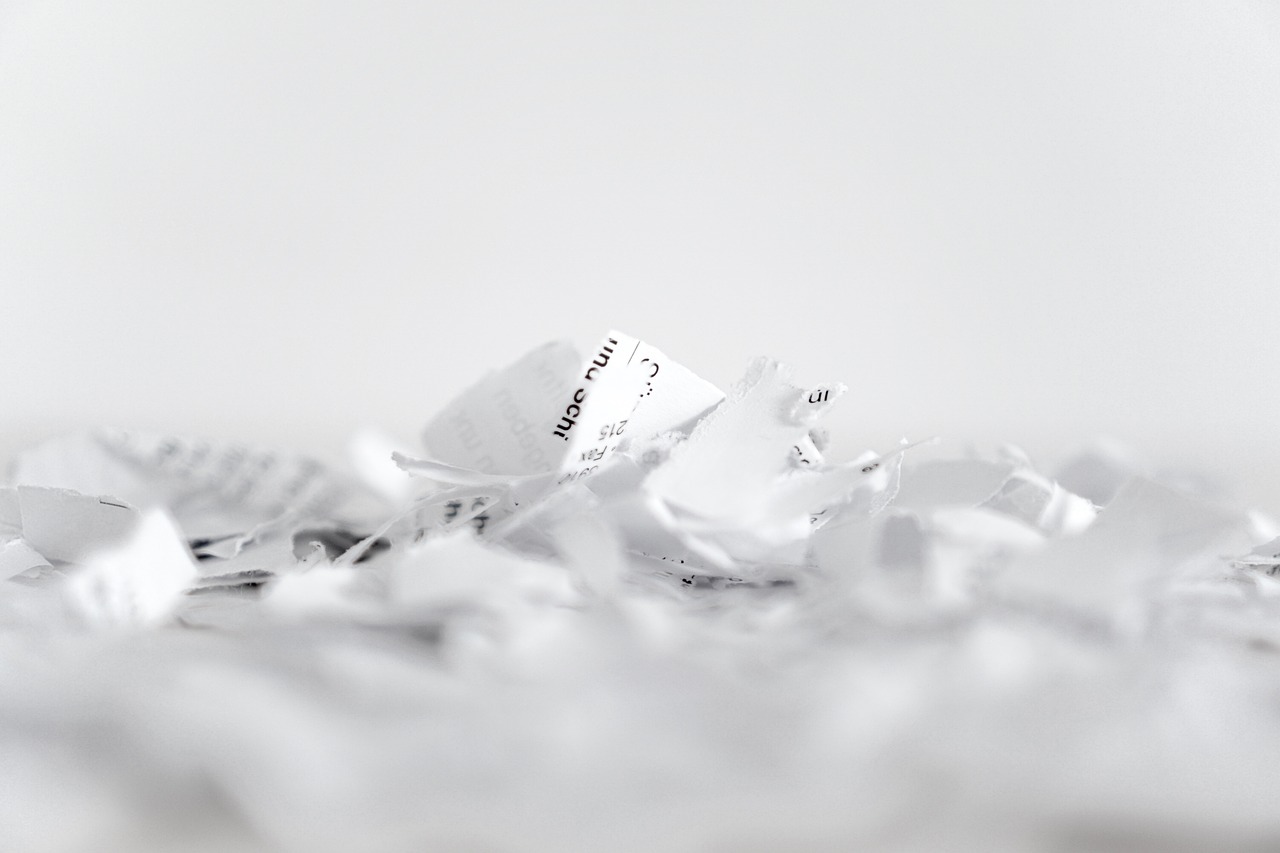
Designing Buildings
Designing buildings in your DIY paper city is not just about stacking up sheets of paper; it’s an exciting opportunity for kids to explore their creativity and learn about architecture in a fun and engaging way. Imagine your child transforming a simple piece of paper into a vibrant skyscraper or a cozy cottage! The best part? There are no limits to what they can create. Encourage them to think outside the box and let their imaginations run wild.
To kick off the design process, start with a few basic shapes. Buildings can be as simple as rectangles or squares, but why stop there? Encourage kids to mix and match shapes to create unique structures. For instance, they can combine triangles for roofs or circles for towers. This is where the magic happens! The more creative the shapes, the more interesting the buildings will be. A suggestion is to sketch their ideas on paper before they start cutting and gluing, allowing them to visualize their dream city.
When it comes to personal touches, let’s not forget about the importance of details. Kids can use colored paper to create different textures and styles, such as brick patterns or wooden panels. Adding elements like balconies, chimneys, and even outdoor furniture can make a building feel more alive. For example, a simple rectangle can become a charming café with the addition of a small paper patio and some tiny paper chairs. The sky's the limit!
Incorporating colors and patterns is another excellent way to enhance the visual appeal of their buildings. You can introduce them to various coloring techniques, such as:
- Markers: Great for bold colors and quick designs.
- Crayons: Perfect for adding texture and depth.
- Watercolors: Ideal for creating soft, blended effects.
As they design their buildings, remind them to think about the story behind each structure. Is it a bustling office building filled with busy workers? Or perhaps a whimsical treehouse where kids can play? By adding narratives to their creations, children can engage in imaginative play that enhances their storytelling skills.
Finally, it’s important to celebrate their creations. Once they’ve designed and built their structures, set up a mini exhibition where they can showcase their paper city to family and friends. This not only boosts their confidence but also encourages them to appreciate the hard work they put into their designs. Who knows? They might even inspire others to join in on the fun!
Q: What materials do we need to start designing buildings?
A: Basic materials include various types of paper, scissors, glue, and coloring supplies. You can also add decorative items like stickers or washi tape for extra flair.
Q: Can younger children participate in building design?
A: Absolutely! Younger children can work on simpler shapes and designs, while older kids can tackle more complex structures. It’s a great way for siblings to collaborate and learn from each other.
Q: How can we make the buildings more realistic?
A: Adding details such as windows, doors, and even landscaping can enhance realism. Encourage kids to think about what makes a building unique and incorporate those elements into their designs.
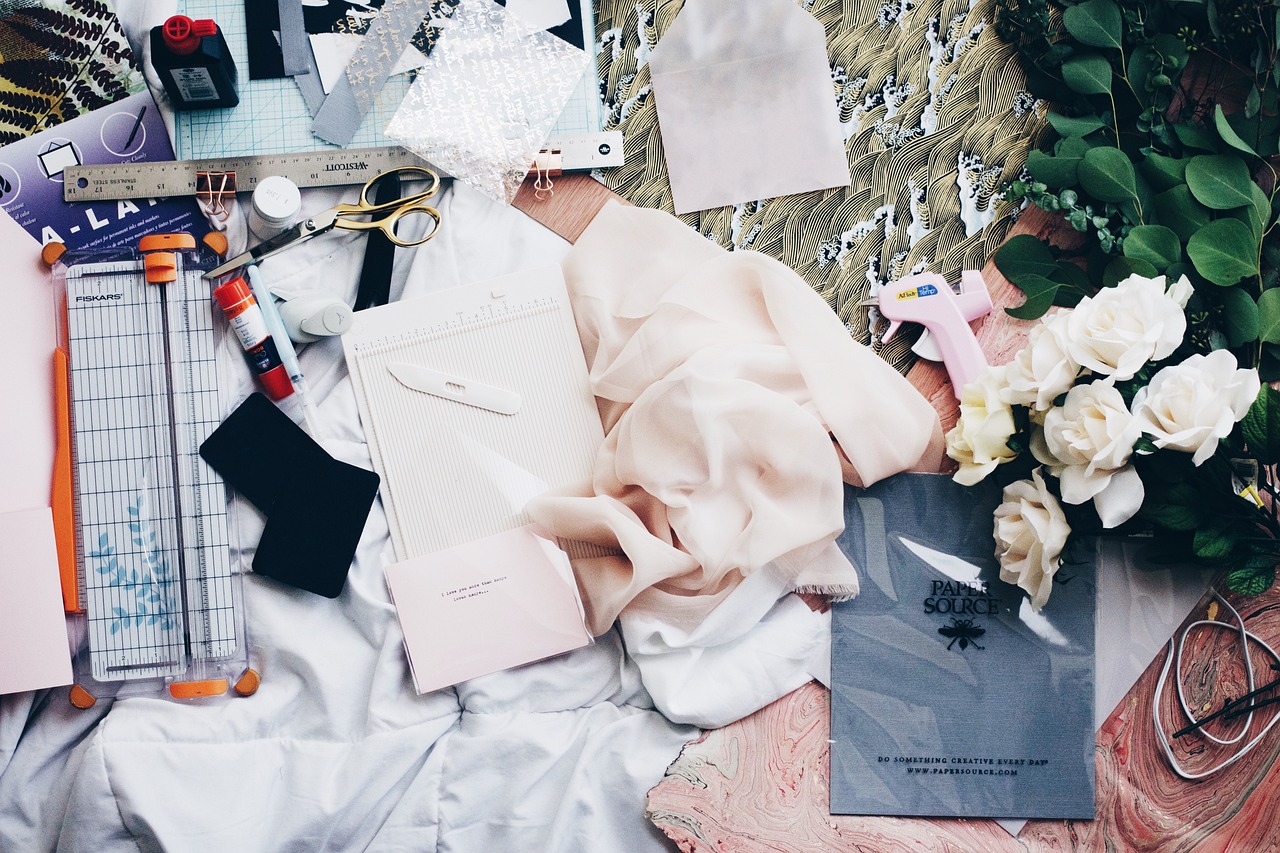
Coloring Techniques
When it comes to bringing your DIY paper city to life, color is your best friend! Imagine walking through a vibrant city where every building tells a story through its hues. Coloring techniques can elevate your projects from simple paper structures to a bustling metropolis filled with personality. So, let’s dive into some fun and creative ways to splash color onto your paper city!
First off, let’s talk about markers. They are a favorite among kids for their ease of use and vibrant colors. With a variety of tip sizes, markers allow for both fine detailing and bold strokes. Think of them as your city’s paintbrush, giving buildings a sleek finish or adding intricate designs to rooftops. You can even use a mix of colors to create gradients, making your paper city look more dynamic and lively.
Next up, we have crayons. These classic coloring tools are perfect for younger children who might find markers a bit tricky. Crayons come in a plethora of colors and can be easily blended to create new shades. Encourage kids to layer colors for a textured effect, like making a brick wall look more realistic by using different shades of brown and red. Plus, crayons are great for adding a touch of whimsy to your city—think pastel-colored houses or a bright yellow sun shining over the skyline!
Now, if you really want to make your paper city pop, consider using paints. Acrylic or watercolor paints can add depth and vibrancy that markers and crayons sometimes can’t achieve. Paint allows for larger areas to be covered quickly, which is perfect for bigger structures like skyscrapers or parks. Just remember to let each layer dry before adding more paint, or you might end up with a colorful mess! And for those who love a bit of shimmer, metallic paints can give your city a magical touch, reflecting light and drawing the eye.
But coloring isn’t just about the tools; it’s also about the techniques you use. Here are some fun methods to try:
- Sponging: Use a sponge to dab paint onto your paper for a textured look. This is fantastic for creating grassy areas or adding clouds to the sky.
- Stippling: By using the tip of a brush or a marker, kids can create dots of color that can simulate the look of flowers in a park or even a starry night.
- Blending: While using markers or crayons, teach kids how to blend colors together to create new shades. This technique can be particularly effective for sunsets or colorful rooftops.
Lastly, don't forget about the power of decorative elements. Stickers, washi tape, or even glitter can add a finishing touch to your paper city. Imagine a shiny road made from glitter or a colorful garden filled with flower stickers! These little details can make a huge difference, transforming your city from simply paper to a vibrant, imaginative world.
In conclusion, coloring techniques are essential for bringing your DIY paper city to life. Whether you choose markers, crayons, or paints, each method offers unique ways to express creativity and imagination. So gather your materials, unleash your inner artist, and watch as your paper city bursts into color!
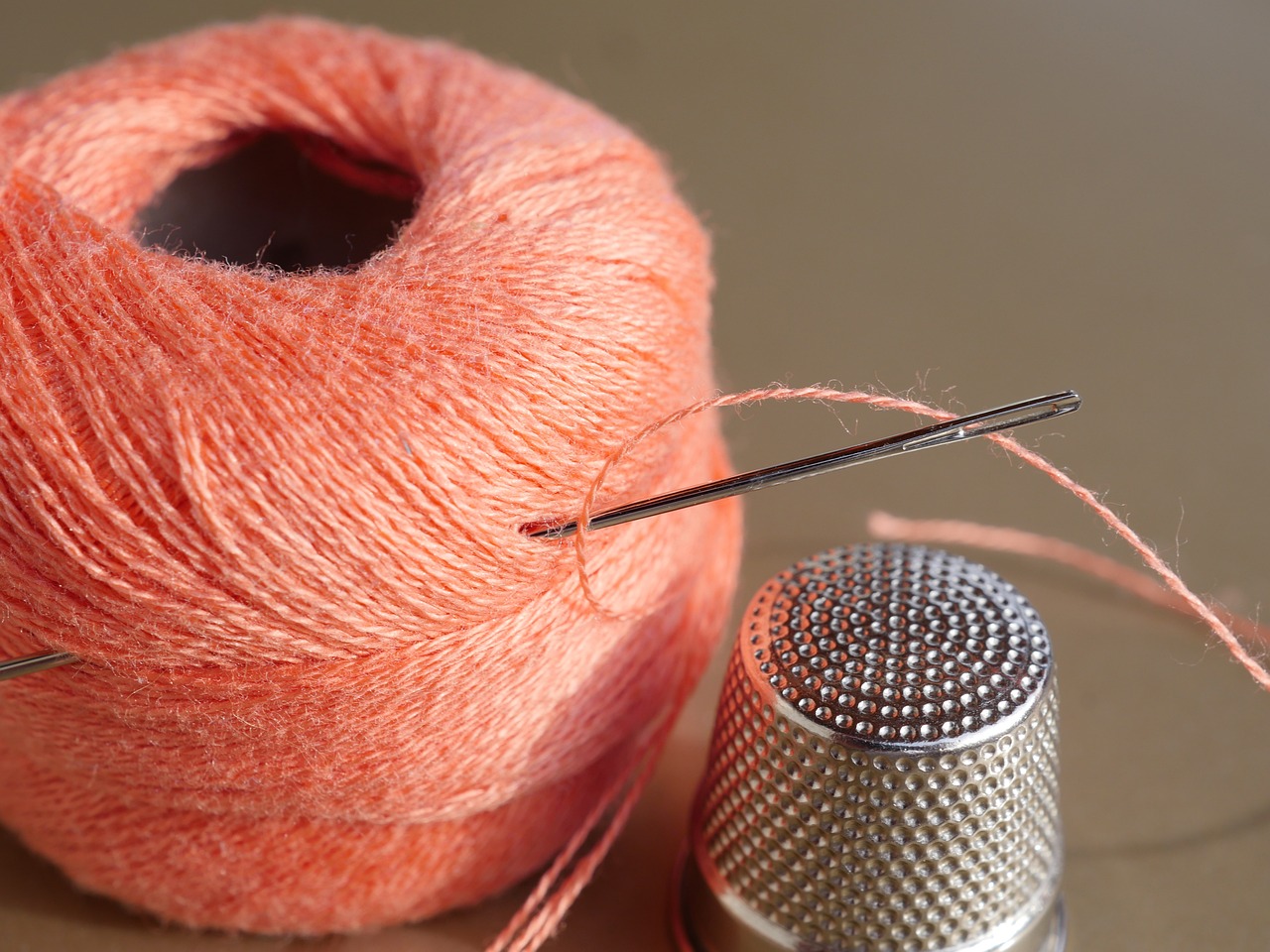
Adding Details
When it comes to crafting a vibrant and engaging paper city, the details make all the difference. Just like in real life, adding small features can transform a simple structure into a bustling metropolis. Imagine a city where every building has its own personality, where windows sparkle, and doors invite you in. These small touches not only enhance the visual appeal but also spark the imagination of children as they explore their creations. So, let’s dive into some fun and creative ways to add those all-important details!
First off, think about the windows. They can be made from simple cutouts of colored paper or even from clear plastic sheets if you have some lying around. Encourage the kids to get creative with shapes—round, square, or even triangular windows can add character to their buildings. They can also use markers to draw curtains or blinds, giving the buildings a cozy feel. Plus, adding a little shine with glitter or foil can make the windows pop, catching the light just like real ones!
Next up, let’s talk about doors. A building without a door is like a book without a cover! Kids can cut out doors from colored paper and decorate them with stickers or draw intricate designs. They can even create a mini welcome mat by cutting a small rectangle of brown paper and writing 'Welcome' on it. This not only adds a fun touch but also teaches them about the importance of entrances in architecture.
Now, what about the roofs? A flat roof can be boring, so why not add some flair? Kids can create sloped roofs using folded paper or even make them multi-tiered. They can use different colors for each layer to create a rainbow effect or even add little paper flags to make it look festive. The use of color and texture here can really bring the buildings to life, making the city feel more dynamic and inviting.
Don’t forget about adding landscaping elements around the buildings! Trees made from green pom-poms or paper cones can create a lush environment. Flowers can be made from colorful paper cutouts or even stickers. Kids can arrange these elements around their city to create parks, gardens, or even a community playground. This not only beautifies the city but also encourages outdoor play and exploration in their imaginative world.
Lastly, consider incorporating street details. Kids can draw roads using black markers, and maybe even add white dashed lines to represent lanes. Adding little paper signs for stop signs or traffic lights can teach them about road safety while enhancing their city’s realism. These details not only enrich their crafting experience but also provide a platform for storytelling and role-playing.
In summary, the details in a paper city are what truly bring it to life. From windows and doors to landscaping and street signs, every little addition contributes to the overall charm and functionality of the city. Encourage children to think outside the box and let their creativity run wild. After all, in the world of crafting, the sky's the limit!
Q: What materials are best for adding details to a paper city?
A: Common materials include colored paper, markers, scissors, glue, stickers, and any decorative items you might have at home like glitter or sequins.
Q: How can I encourage my child to add more details?
A: Show them examples of real cities and discuss what makes them unique. Encourage them to think about what they want their city to represent and what features they might want to include.
Q: Can we use recycled materials for crafting?
A: Absolutely! Recycled materials like cardboard boxes, old magazines, and plastic containers can be great for adding unique textures and elements to the paper city.
Q: How long does it typically take to complete a paper city?
A: It depends on the complexity and size of the city. A simple city can take a few hours, while a more elaborate project might take several days. The key is to enjoy the process!
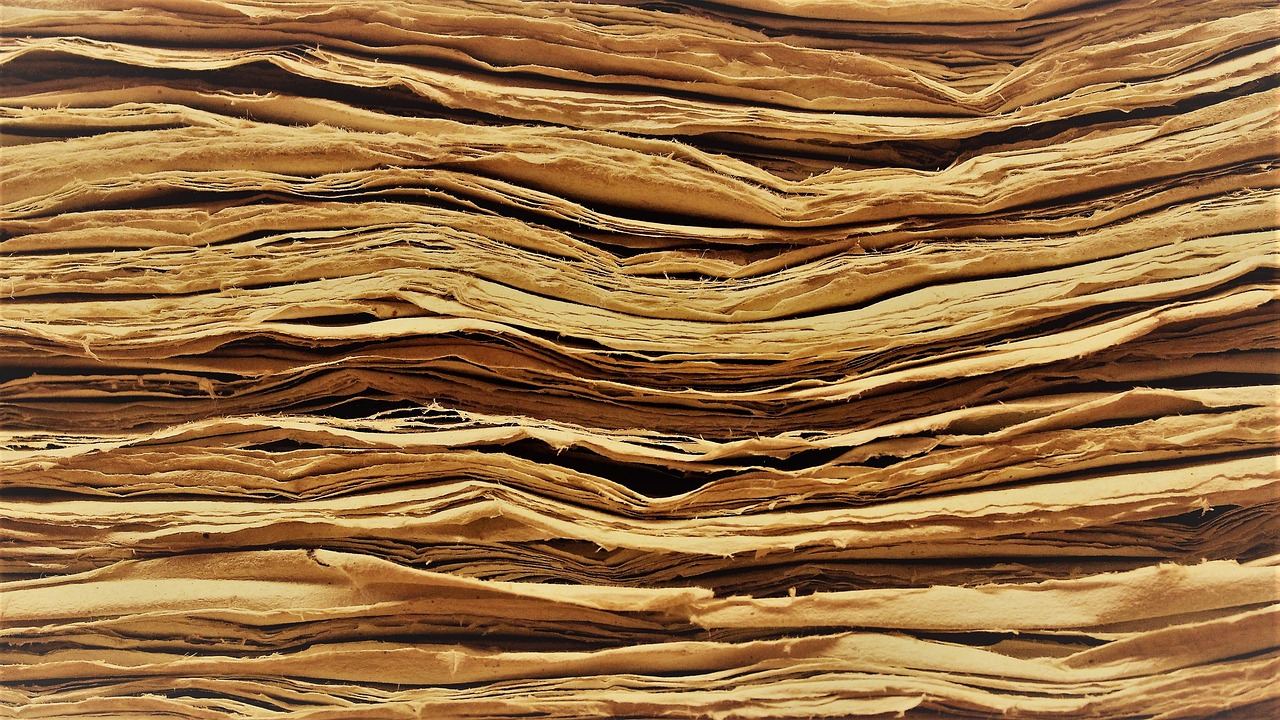
Creating Roads and Parks
Creating roads and parks is an essential part of building a vibrant paper city. Just like in real life, these elements help define the layout and functionality of the city. Imagine your paper city bustling with activity! Roads allow for movement, while parks provide a space for relaxation and play. The best part? You can craft these features using simple materials you likely already have at home.
To get started, gather your supplies. You’ll need some sturdy paper or cardstock for the roads, and for the parks, you can use green paper or even recycled cardboard. Think about how you want your city to flow. Do you want winding roads that create a sense of adventure, or straight paths that make navigation easy? The choice is yours!
For the roads, you can simply cut strips of black or gray paper to mimic asphalt. If you want to make them more realistic, consider adding dashed lines using white paint or a white marker. This little detail can transform a simple strip of paper into a bustling highway! You can also create intersections and roundabouts to add complexity to your city layout.
Now, let’s talk about parks! Parks are not just green spaces; they are the heart of the community. You can create parks by cutting out larger squares or rectangles from green paper. To make them more engaging, consider adding:
- Small trees made from green pom-poms or cut-out paper
- Benches from popsicle sticks
- Playgrounds using colorful buttons or tiny boxes
Don't forget to add pathways in your parks! You can create winding paths using lighter shades of paper or even draw them in with markers. This will encourage imaginative play as children can pretend to walk their paper characters through the park.
As your paper city grows, think about how roads and parks can connect different areas. Maybe the park has a path leading to a school or a playground. This not only enhances the visual appeal but also allows for storytelling during playtime. Children can create scenarios where they take their paper characters on adventures through the city, exploring all the different features you’ve crafted together.
Incorporating roads and parks into your paper city is not just about aesthetics; it’s about creating a space where imagination can flourish. So, gather your materials, get creative, and watch as your paper city comes to life with roads and parks that inspire endless stories!
| Question | Answer |
|---|---|
| What materials do I need to create roads and parks? | You will need sturdy paper or cardstock, scissors, glue, markers, and decorative items like pom-poms or buttons. |
| How can I make my roads more realistic? | Use black or gray paper for the road base and add dashed lines with white paint or markers to mimic road markings. |
| Can I involve my children in this project? | Absolutely! This project is perfect for kids to enhance their creativity and fine motor skills while having fun together. |

Incorporating Characters
Adding characters to your DIY paper city is like adding the finishing touches to a masterpiece. Just as a painting comes alive with the right colors, your paper city will burst with energy when populated with imaginative figures. Kids can create a variety of characters, from bustling city dwellers to adventurous animals, each contributing to the story that unfolds in their crafted environment. By using simple materials such as colored paper, scissors, and markers, children can craft their very own inhabitants and vehicles that will roam the streets of their paper city.
To start, children can make paper figures by cutting out different shapes for heads, bodies, and limbs. They can use markers or crayons to add facial features and clothing details, really bringing their characters to life. Imagine a little girl with pigtails wearing a bright yellow dress or a brave superhero with a cape fluttering in the wind! The possibilities are endless, and the process is a fantastic way for kids to express their creativity.
Furthermore, vehicles are an essential part of any city. Kids can create cars, buses, and even bicycles to enhance the play experience. Using simple templates, they can design their vehicles, cut them out, and decorate them with vibrant colors. This not only adds to the visual appeal of the city but also encourages imaginative play. Children can create stories about their characters' adventures, whether they are commuting to work, going to school, or exploring the parks they’ve built.
Incorporating characters also opens the door to role-playing activities. With their paper city bustling with life, kids can engage in storytelling and role-playing scenarios that enhance their social skills and imaginative thinking. They might create a scene where a friendly baker serves pastries to a group of children at the park or where a firefighter rushes to save the day. These activities not only spark creativity but also foster collaboration and communication among peers as they share their stories and play together.
To make the character creation process even more fun, consider setting up a “character design station” where kids can gather all their materials. You can include a variety of craft supplies such as:
- Colored paper
- Markers and crayons
- Scissors
- Glue sticks
- Stickers and decorative items
This space can become a hub of creativity where children can brainstorm ideas, share techniques, and inspire one another. By working together, they can build a vibrant community within their paper city, fostering a sense of teamwork and collaboration.
In conclusion, incorporating characters into your DIY paper city not only enhances the visual appeal but also enriches the overall play experience. It encourages children to dive deep into their imagination, create stories, and engage in role-playing activities that develop their social skills. So, gather your materials, unleash your creativity, and let the adventures in your paper city begin!
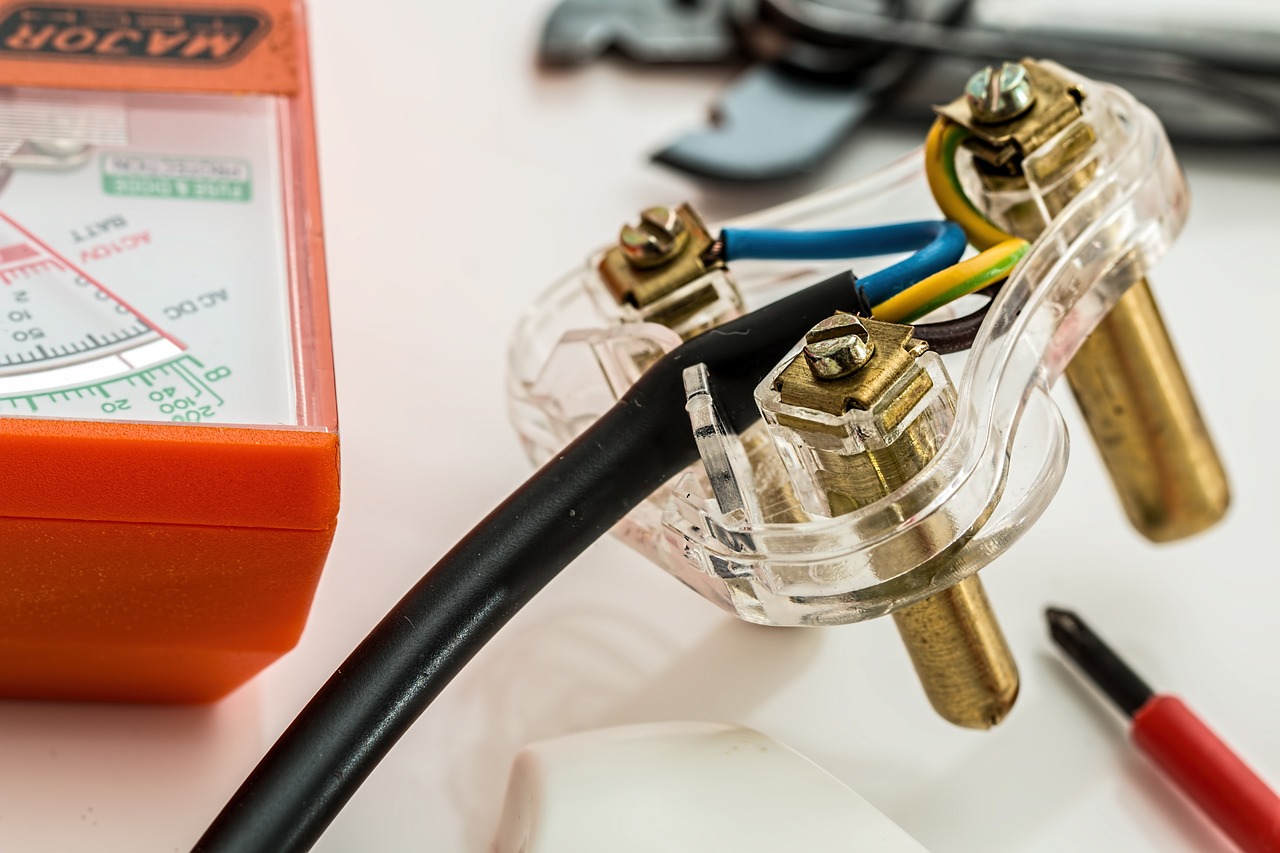
Role-Playing Activities
Role-playing is not just child's play; it's a gateway to creativity and imagination! When children engage in role-playing activities within their DIY paper city, they dive into a world where they can be anyone or anything. Imagine your child transforming into a brave firefighter rushing to save the day or a clever architect presenting their latest design. These scenarios not only entertain but also enhance their social skills and storytelling abilities.
To kick off role-playing, kids can create their own characters using simple materials. They can cut out figures from colored paper, or even use old magazines to find images of people and vehicles. This way, they can populate their paper city with a diverse cast of characters. Think about it: a bustling city filled with all sorts of personalities—from superheroes to everyday citizens—each with their own stories to tell!
Here are some engaging role-playing ideas that can spark creativity:
- City Council Meetings: Children can take turns being the mayor and city council members, discussing community issues and planning new projects for their paper city.
- Emergency Services: Kids can role-play as firefighters, police officers, or paramedics, responding to emergencies and keeping their city safe.
- Store Owners and Shoppers: Set up mini shops in the city where kids can play as shopkeepers and customers, learning about trade and negotiation.
These activities provide a platform for children to express themselves and explore different roles within their paper city. As they act out various scenarios, they learn valuable lessons about cooperation, empathy, and problem-solving. For instance, while playing store owner and shopper, they can practice counting money, making change, and understanding the value of goods.
Moreover, role-playing can be a fantastic way to integrate educational themes into playtime. You can encourage your kids to incorporate lessons from history, science, or even geography into their narratives. For example, they could create a historical figure to lead a tour of their paper city, explaining its landmarks and significance. This not only makes learning fun but also helps them retain information better.
In addition, role-playing can be a collaborative effort. When friends or siblings join in, they can build on each other's ideas, creating a richer story and experience. This teamwork fosters communication and builds relationships, as they negotiate roles and develop storylines together. Imagine a group of kids working together to save their city from a pretend disaster, learning to strategize and support one another in the process!
Overall, role-playing activities in a DIY paper city are more than just fun; they are essential for developing critical life skills. So, gather those paper figures, unleash your child's imagination, and watch as they create stories that could rival the best novels. The possibilities are endless, and the only limit is their imagination!
Q: What materials do I need to create characters for the paper city?
A: You can use colored paper, old magazines, scissors, glue, and markers. Encourage kids to get creative with whatever materials they have at home!
Q: How can role-playing benefit my child's development?
A: Role-playing enhances creativity, social skills, problem-solving abilities, and empathy. It allows children to explore different perspectives and develop their storytelling skills.
Q: Can role-playing activities be educational?
A: Absolutely! You can integrate lessons from various subjects into the role-playing scenarios, making learning fun and engaging for children.
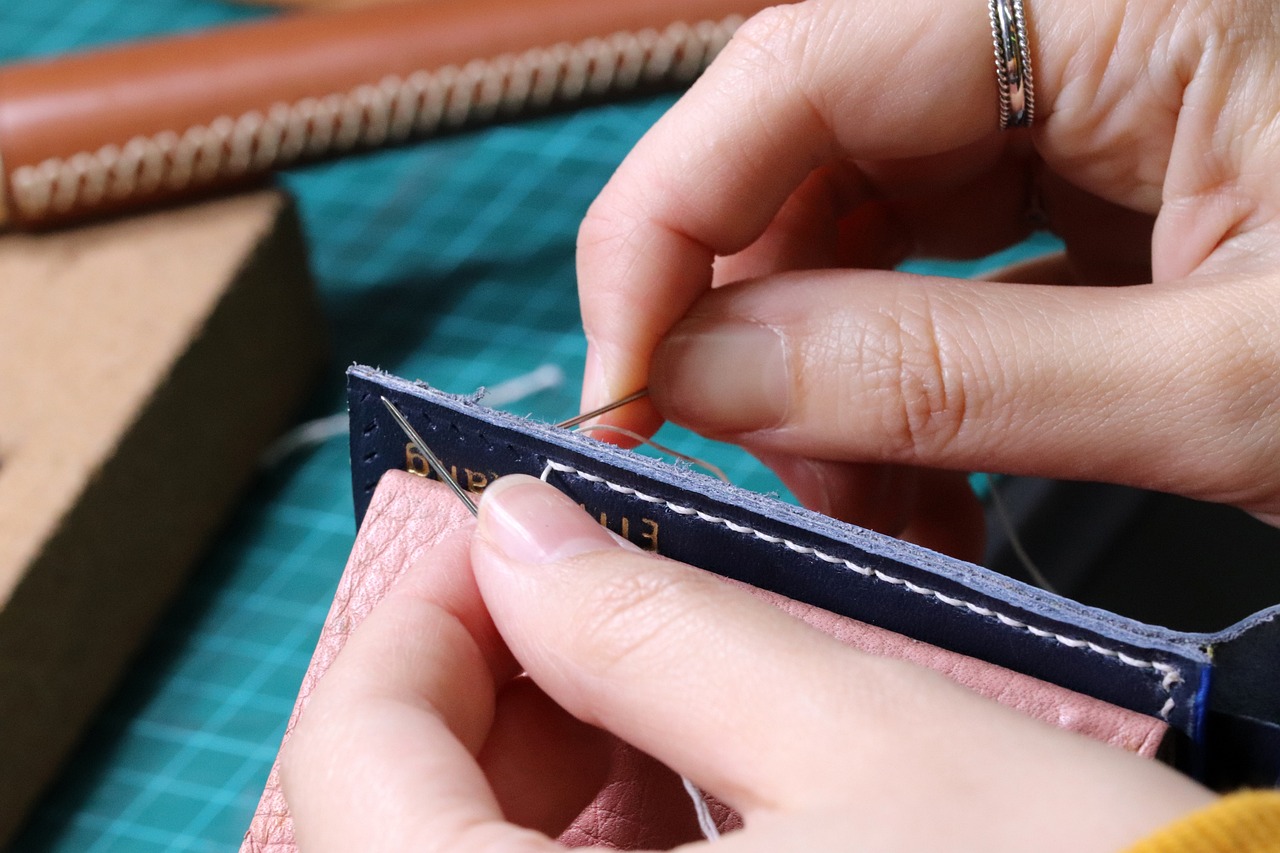
Collaborative Projects
When it comes to crafting a DIY paper city, the magic truly happens when children come together to collaborate on their projects. Imagine a bustling workshop filled with laughter, creativity, and teamwork, where each child brings their unique ideas to the table. Collaborative projects not only enhance the final outcome of the paper city but also foster essential life skills such as communication, cooperation, and compromise. By working together, kids can share their thoughts, brainstorm innovative designs, and learn from one another, transforming individual visions into a vibrant, collective masterpiece.
One of the most exciting aspects of collaborative projects is that they allow children to tackle larger and more complex tasks than they might manage alone. For instance, while one child focuses on constructing a grand skyscraper, another can create a serene park, and yet another can design a bustling marketplace. This division of labor not only keeps everyone engaged but also teaches kids about the importance of teamwork. They learn how to delegate tasks based on each other's strengths and interests, which is a valuable skill that extends beyond crafting.
To make the most out of these collaborative projects, it’s essential to establish a few ground rules. Here are some tips to ensure a successful group crafting experience:
- Encourage Open Communication: Make sure everyone feels comfortable sharing their ideas and suggestions. This creates a supportive environment where creativity can flourish.
- Set Clear Goals: Before diving into the project, discuss what you want to achieve. Having a shared vision helps keep everyone focused and motivated.
- Respect Each Other’s Ideas: It’s crucial to value everyone's contributions, even if they differ from your own. This respect fosters a sense of belonging and boosts confidence.
- Celebrate Successes Together: When a part of the project is completed, take a moment to celebrate. This can be as simple as a high-five or a small group cheer!
As the children work together, they can also incorporate a variety of themes into their paper city, such as a futuristic cityscape, a historical town, or even a fantasy realm filled with mythical creatures. This thematic approach not only enhances creativity but also allows for deeper engagement as kids can explore different narratives and stories within their crafted environment.
In conclusion, collaborative projects are a fantastic way to create a DIY paper city while nurturing essential social skills in children. By working together, they learn the value of teamwork, improve their communication abilities, and most importantly, have a blast while crafting. So gather your friends, grab those scissors and glue, and let the creativity flow as you build an extraordinary paper city together!
Q: What age group is suitable for DIY paper city projects?
A: DIY paper city projects are suitable for children aged 5 and up. Younger children may require more assistance, while older kids can take on more complex designs independently.
Q: What materials do we need for a paper city project?
A: Essential materials include various types of paper (construction, colored, patterned), scissors, glue, markers, crayons, and any decorative items like stickers or washi tape.
Q: How long does it take to complete a paper city?
A: The time required can vary widely depending on the complexity of the designs and the number of participants. A simple project might take a few hours, while a more elaborate city could take several days.
Q: Can we incorporate other crafts into our paper city?
A: Absolutely! You can integrate other crafts such as painting, using recycled materials, or even adding digital elements if you want to make it more interactive.
Frequently Asked Questions
- What materials do I need to create a DIY paper city?
To get started on your DIY paper city, you'll need some basic materials. Gather various types of paper (construction paper works great!), scissors, glue, and markers or crayons for coloring. You can also add decorative items like stickers, glitter, or washi tape to make your city pop with personality!
- How can I help my child design unique buildings?
Encourage your child to think outside the box! Ask them what type of buildings they would like to see in their city. They can sketch their ideas first or jump straight into cutting and gluing. Remind them that there are no rules—tall skyscrapers, cozy cottages, or even fantastical castles are all welcome in their paper city!
- What are some fun coloring techniques to use?
Coloring is a fantastic way to add life to your paper city! Kids can use markers for bold lines, crayons for softer textures, or even watercolor paints for a dreamy effect. Mixing techniques can yield unique results, so don’t hesitate to experiment!
- How do I create roads and parks?
Creating roads is simple! Use strips of black or gray paper to represent asphalt, and add white lines for lane markings. For parks, green paper can be cut into various shapes to represent grass, and don’t forget to add trees or flowers using small cutouts or drawings!
- Can we incorporate characters into the paper city?
Absolutely! Kids can create their own paper figures or vehicles to populate their city. This not only makes the city more lively but also opens up a world of imaginative play. Encourage them to invent stories around their characters to enhance the experience!
- What are some role-playing activities we can do?
Role-playing is a fantastic way to bring the paper city to life! Kids can act out scenarios like running a shop, going on adventures, or even hosting a city council meeting. This kind of play fosters creativity and helps develop social skills as they interact with their characters.
- How can we make this a collaborative project?
Collaboration can be a key part of the fun! Invite friends or family members to join in the crafting. Each person can design their own section of the city, sharing ideas and building together. This not only encourages teamwork but also creates a larger, more dynamic paper city!



















